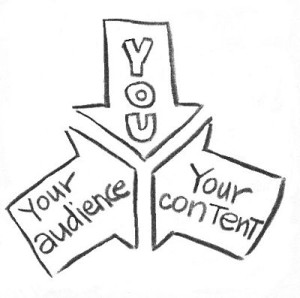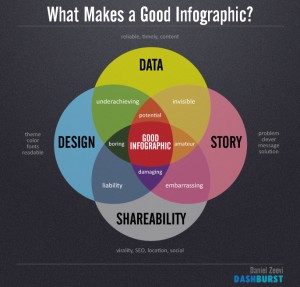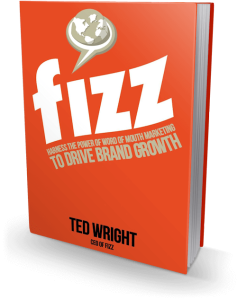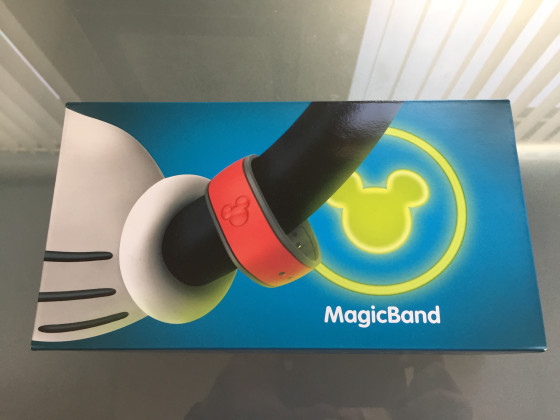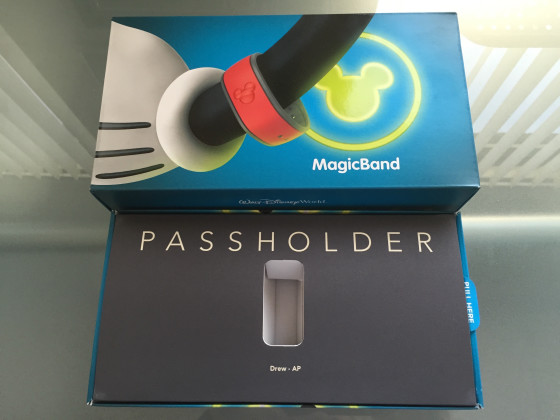How are your multicultural marketing strategies?
September 23, 2015
 CMOs acknowledge that they need to have strong multicultural marketing strategies but despite rapid population growth and strong support for initiatives within marketing circles, CEO and board support falls far short, failing to assist marketer’s ability to prioritize and fully fund their efforts.
CMOs acknowledge that they need to have strong multicultural marketing strategies but despite rapid population growth and strong support for initiatives within marketing circles, CEO and board support falls far short, failing to assist marketer’s ability to prioritize and fully fund their efforts.
According to Geoscape, the leader in business intelligence across the multicultural market, groups including Asian-Americans, African-Americans and Hispanics will grow to nearly 130 million by the year 2020. Furthermore, the non-Hispanic white population will become the minority, dropping below 50% of the population by 2042.
A new poll from the Chief Marketing Officer (CMO) Council and Geoscape—entitled “Activating the New American Mainstream”—reveals that half of the 150 North America-based senior marketing executives surveyed feel there is some level of support for multicultural engagement strategies from the senior levels of the organization.
Here’s what I thought was one of the most telling factoids in the report — While 67% admit that the CMO has a high level of buy-in and support for multicultural efforts, 55% admit that the CEO does not share that opinion, failing to fully support initiatives.
This lack of top-level support translates into a de-prioritization of multicultural engagement programs as more than half (51%) of marketers admit that there are simply too many competing priorities. In fact, when asked to rate commitment levels, only 20% of marketers felt that multicultural strategies were mandatory and unanimously embraced across the organization, and just over one in four believed that the multicultural market was mission critical for the organization.
Specific to investments into multicultural programs, marketers indicate that:
- 20% invest in excess of 15% of overall marketing budgets to engaging with multicultural markets; 28 percent spend less than 5%.
- 53% of marketers believe their investment into the multicultural market will increase going forward; 15% believe this increase will be significant; only 2% anticipate a decrease in investment.
For those marketers who have deployed multicultural marketing strategies, the operational approach is one that fails to separate initiatives into significant segments. Only 16% of marketers are separating marketing initiatives for specific ethnic groups, a practice which would allow for a deeper level of engagement thanks to relevant communications based on cultural behavioral patterns and insights.
“Multicultural marketing strategies must move away from the niche campaign mindset and become an engrained part of any personalized customer experience strategy,” noted Liz Miller, Senior Vice President of Marketing with the CMO Council. “This is no longer a scenario of replacing images or localizing content into a different language. This is about truly understanding the nuances of the customer, including any culturally distinct behaviors and buying patterns that can and must alter the way our brands reach and engage.”
Without doubt, the multicultural market in the United States is an increasingly powerful consumer. According to Geoscape research, Hispanics currently represent 18 percent of American households but were responsible for nearly half of the growth in consumer spending from 2013 to 2014. Between Asian-American and Hispanic markets, the groups accounted for two-thirds of the total economic spending growth.
“By understanding cultural nuances and marketing in a proactive and data-driven manner, marketers are positioned to grow ROI…however, none of this happens overnight,” added César M. Melgoza, Founder and CEO of Geoscape. “Targeting consumers without understanding their unique cultural behaviors and preferences risks growth optimization among the consumer groups that quarterly and annual budgets and success can hinge.”
Key findings from the 10-question online poll of 150 senior marketing executives are included in a 12-page complimentary white paper, now available for download from the CMO Council. Some 36% of respondents hail from B2B organizations, 29% are from strictly B2C organization, and 36% are from hybrid organizations. 43% hail from organizations with revenues in excess of $1 billion USD.
More

